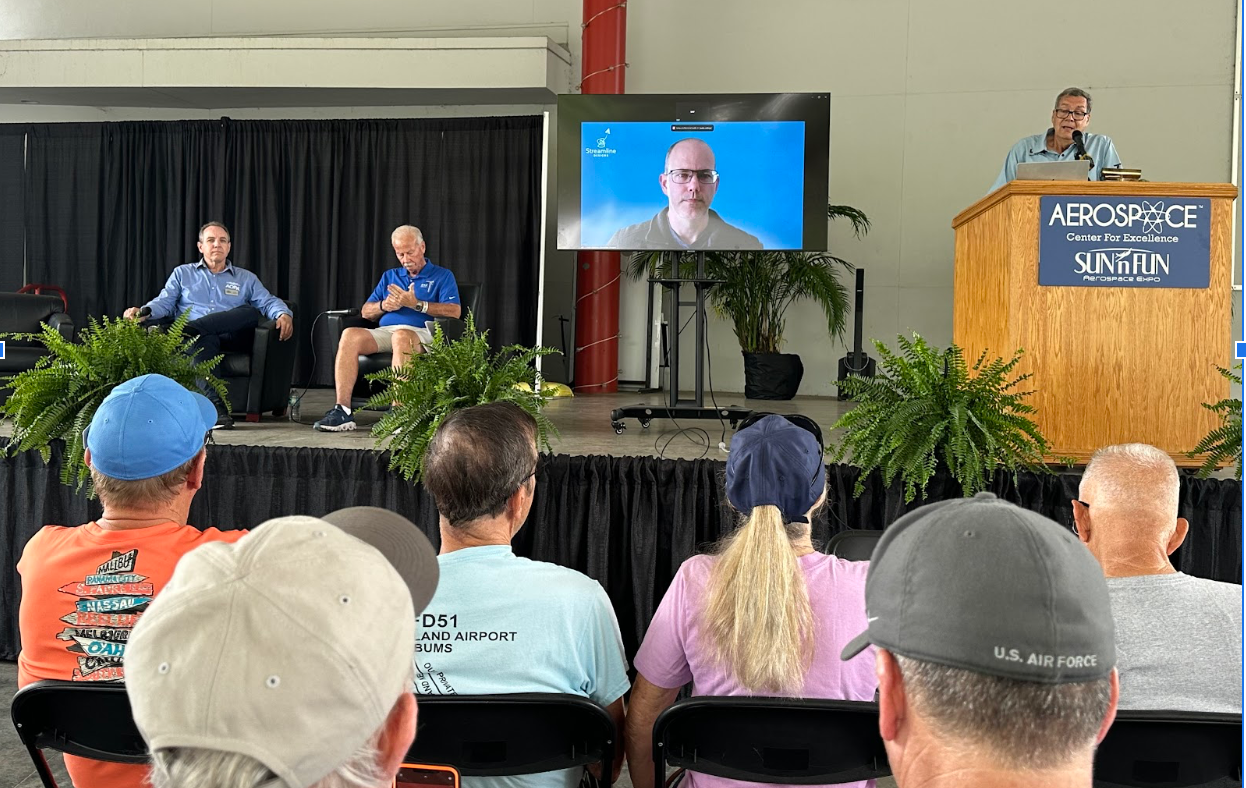Beach Landings: One More Time
Does fear of the water make the sand more inviting?
If you've been reading our news columns or watching the national news, you're probably aware we had another beach landing in Florida earlier this week. It was Pitts that went into the water off Sarasota's Siesta Key. No injuries, but the airplane is probably toast. Recall that in late July, just as AirVenture was starting, a Cherokee made an engine-out landing off the beach in Venice, Florida, my home airport. Sadly, a 36-year-old man, an Army NCO, and his nine-year-old daughter were killed when they were struck by the aircraft.
On Thursday, the NTSB released a preliminary report in which the pilot said he was worried about the aircraft flipping if he landed in deeper water offshore, so he did his best to miss the people closer in to the waterline. Here's the report. (PDF)
I said during AirVenture that I can't second guess the pilot and having read this report, I still can't. None of us were in the seat except him and he has to live with whatever decision made sense at the time. Can any of us say we would have done better? I can't.
However, as I said two weeks ago, if you're equipped with knowledge of how airplanes behave during ditchings, you'll have a better sense of the options open in situations like this. Coincidentally, I wrote on the same subject just a few weeks ago, summarizing my extensive research into ditching outcomes. That was done quite some time ago, but I'm confident the data and outcomes haven't changed a bit.
Pilots do worry about flipping or turning turtle during a water touchdown. It's a legitimate worry. In fact, the Pitts that landed in Sarasota wound up inverted. I don't know if that's because of the water touchdown or a beach touchdown in which the wheels snagged. In the end, it doesn't matter. What matters is both occupants got out with just minor injuries.
And that's true in the overwhelming majority of all inshore water landings. That's really all you have to remember. Just accept that the airplane might flip, but understand that the odds are heavily in your favor that you'll get out of it anyway, with nothing but bruises. And that takes us full circle back to the comments I made originally. When picking an emergency landing site that might be occupied by unawares bystanders, the more we know about the probabilities of the various controlled crash options, the better off everyone will be. We owe people on the ground at least that much.
Join the conversation.
Read others' comments and add your own.






